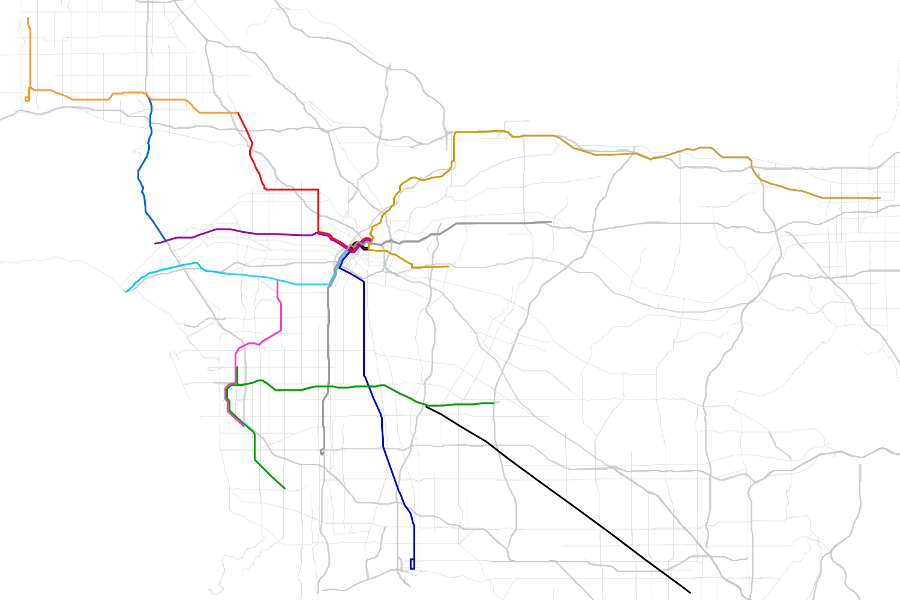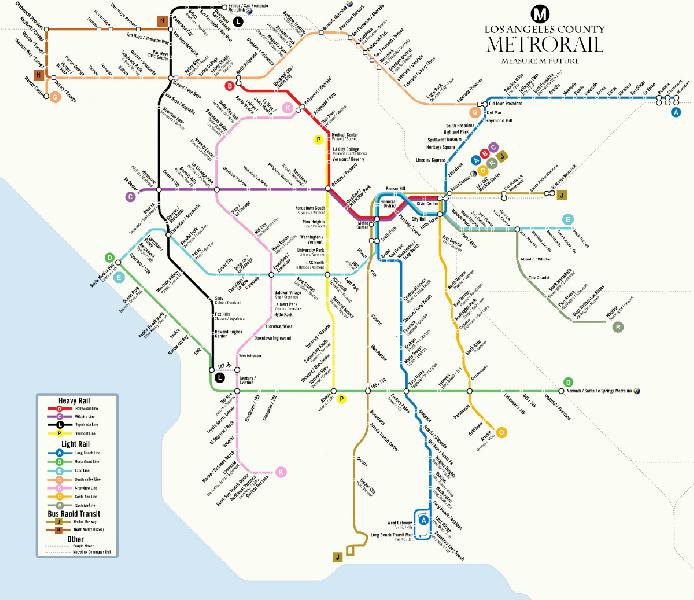| About Us | Contact Us | Calendar | Publish | RSS |
|---|
|
Features • latest news • best of news • syndication • commentary Feature Categories IMC Network:
Original Citieswww.indymedia.org africa: ambazonia canarias estrecho / madiaq kenya nigeria south africa canada: hamilton london, ontario maritimes montreal ontario ottawa quebec thunder bay vancouver victoria windsor winnipeg east asia: burma jakarta japan korea manila qc europe: abruzzo alacant andorra antwerpen armenia athens austria barcelona belarus belgium belgrade bristol brussels bulgaria calabria croatia cyprus emilia-romagna estrecho / madiaq euskal herria galiza germany grenoble hungary ireland istanbul italy la plana liege liguria lille linksunten lombardia london madrid malta marseille nantes napoli netherlands nice northern england norway oost-vlaanderen paris/Île-de-france patras piemonte poland portugal roma romania russia saint-petersburg scotland sverige switzerland thessaloniki torun toscana toulouse ukraine united kingdom valencia latin america: argentina bolivia chiapas chile chile sur cmi brasil colombia ecuador mexico peru puerto rico qollasuyu rosario santiago tijuana uruguay valparaiso venezuela venezuela oceania: adelaide aotearoa brisbane burma darwin jakarta manila melbourne perth qc sydney south asia: india mumbai united states: arizona arkansas asheville atlanta austin baltimore big muddy binghamton boston buffalo charlottesville chicago cleveland colorado columbus dc hawaii houston hudson mohawk kansas city la madison maine miami michigan milwaukee minneapolis/st. paul new hampshire new jersey new mexico new orleans north carolina north texas nyc oklahoma philadelphia pittsburgh portland richmond rochester rogue valley saint louis san diego san francisco san francisco bay area santa barbara santa cruz, ca sarasota seattle tampa bay tennessee urbana-champaign vermont western mass worcester west asia: armenia beirut israel palestine process: fbi/legal updates mailing lists process & imc docs tech volunteer projects: print radio satellite tv video regions: oceania united states topics: biotechSurviving Citieswww.indymedia.org africa: canada: quebec east asia: japan europe: athens barcelona belgium bristol brussels cyprus germany grenoble ireland istanbul lille linksunten nantes netherlands norway portugal united kingdom latin america: argentina cmi brasil rosario oceania: aotearoa united states: austin big muddy binghamton boston chicago columbus la michigan nyc portland rochester saint louis san diego san francisco bay area santa cruz, ca tennessee urbana-champaign worcester west asia: palestine process: fbi/legal updates process & imc docs projects: radio satellite tv |
printable version
- js reader version
- view hidden posts
- tags and related articles
Problems with Measure Mby johnk Wednesday, Oct. 05, 2016 at 5:24 PMI'm probably voting for M, but there are some problems.
* Insufficient infrastructure expansion in the Eastside (points east of Downtown Los Angeles). The map that's presented by Metro makes it appear as if the teminii of the Gold Line would be several miles apart, when they are not. Montclair is approximately 25 miles east of Whittier, so the foothills extension is extremely long. The congestion on the Foothill Freeway is addressed, but the congestion on the Pomona Freeway is not.
* Gentrification in Downtown is expanding to areas of South Central LA, Chinatown, Boyle Heights, Lincoln Heights, Mid City, and Southwest. Some are able to hold on thanks to rent control, but some are being pushed out by a combination of rising rents and police harassment. As lower-income people are displaced, they settle in lower cost neighborhoods that middle class people are exiting. While some will be displaced to distant communities, some will live closer in. This means the need for public transportation for transit dependent workers and residents will increase in the inner-ring suburbs, where gentrification hasn't has the impact it has near downtown. Measure M doesn't sufficiently focus on this future need. Measure M ignores these nearby suburban areas. South Bay and Gateway Cities have already complained. http://la.curbed.com/2016/8/29/12696246/metro-ballot-measure-m-opposition-court Metro Transit Oriented Developments (TODs) are helping to increase gentrification. While TODs are presented as affordable housing near transit, the transit stops are sometimes located in very low income communities (less than 50% of the county's median household income), so an "affordable" TOD is likely to be less affordable than what it replaces. * The Eastside expansion is awkward. The original Red Line plan was to run along the 720 line. That would be a more rational route. It would be a more equitable development, at least today. It might also spur gentrification along the 6th Street Bridge route and carry it into East LA, which might suffer more from gentrification than Los Angeles, due to lack of rent control. Despite these potential problems, it's a very heavily used line today, and the current passengers could benefit. * Funds LA River improvments by $365 million. This is basically a gentrification project to turn the river into a high-priced living region. * Vermont Transit Corridor, which serves South LA and South Bay gets only $25 million. * Historic Downtown Streetcar – a tourist attraction for a gentrifying neighborhood. * All subregions compete for only $260 million for Bus Rapid Transit. This needs to be a bigger fund, because as people are forced to move farther away from downtown, the driving time increases substantially. Getting from Athens to near Downtown takes around 50 minutes, but it takes only 20 minutes by car. This is because Athens is underserved by transit. Likewise getting from Commerce to Downtown takes 50 minutes by bus. The train option is Metrolink.. But by car it's only around 20 minutes. A BRT service to nearby suburbs around six miles from downtown would help alleviate traffic and provide an increasingly necessary service to older and transit dependent residents. Additionally, these areas have always had the "hub-and-spoke" pattern of going into Downtown, but need improvements in perpendicular routes to get between communities along each "spoke". BRT could be implemented sooner than rail. * The areas where bus service is inadequate may cause people to seek out alternatives, like paratransit. So there may be a need to expand paratransit funding. While I think additional spending on transit is necessary, I don't think this is going to help the people who need it most.
Report this post as:
Metro's stylized mapby johnk Wednesday, Oct. 05, 2016 at 5:24 PM
Here's the one Metro is promoting. It looks more "even" than the one at the top.
Report this post as:
|




